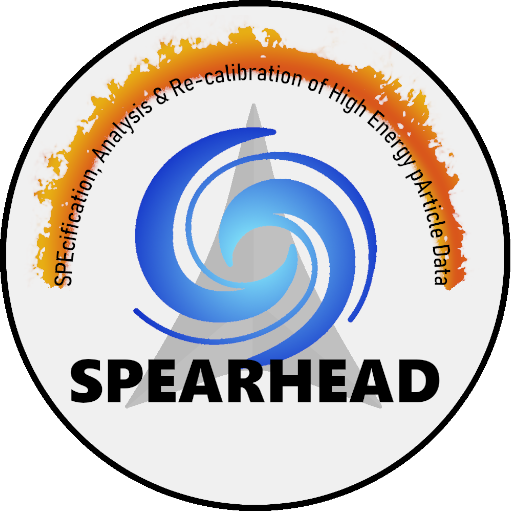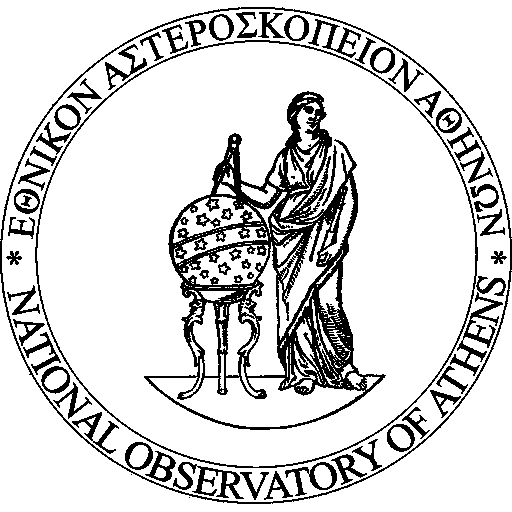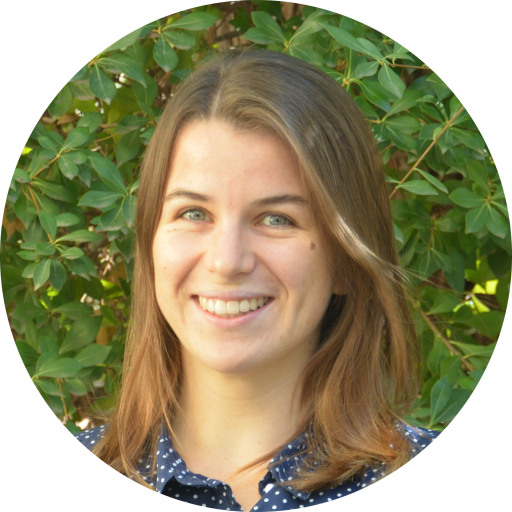The consortium is coordinated by the National Observatory of Athens (NOA). The NOA team working in SPEARHEAD is based at the Institute for Astronomy, Astrophysics, Space Applications and Remote Sensing (IAASARS). It encompasses three main scientific disciplines, namely:
- Observational Astrophysics;
- Solar, Space and Heliospheric Physics and
- Remote Sensing and Machine Learning,
with high scientific capabilities and in-house expertise as well as know-how in multidisciplinary astrophysics and space sciences. Each discipline is supported by the scientific and technical staff who are responsible for boosting cutting-edge research as well as scientific and technological excellence. The Space Research and Technology Group (SRTG) at NOA/IAASARS that assembles the SPEARHEAD team has extensive experience in the analysis and interpretation of energetic particle and plasma measurements from various ESA/NASA missions. In addition, the team has comprehensive experience in the modelling of particle transport and has long standing expertise in the identification and analysis of both SEPs and short-term Forbush decreases (FDs).
The team at NOA and the whole consortium is led by Dr. Athanasios Papaioannou, who has a versatile scientific experience on high-energy charged particle analysis including SEPs and cosmic rays. Dr. Papaioannou has pursued and led research in numerous national, EU, NASA and ESA projects. He acts as the coordinator of the NASA/ISEP project ADVISOR (2023–2024), which provides forecasting of the radiation environment to the NASA Moon-2-Mars (M2M) office. In the EU/FP7 project SEPServer (2010–2013) he analysed observations from a wealth of spacecraft orbiting Earth. In the EU/FP7 project NMDB (2008–2010) he focused on short-term GCR modulation and on the analysis of the very high-energy SEPs (i.e., GLEs). In H2020/HESPERIA (2015–2017) he participated in the specification of the functional chains of the implemented tools. Dr. Papaioannou has also led the development of several solar-energetic proton predictive data-driven models (starting from ESA’s FORSPEF project in 2013–2015) continuing with the IKY/ Multivariate Statistical Analysis applied to Solar Energetic Particle Events project (2017–2018) and most recently with the ESA/ASPECS project (2017–2022). He also took an active part in the ESA/ Ionosphere and Neutron Monitor Service co-leading the efforts that led to the implementation of a federated product of ESA’s Space Radiation Expert Service Centre (2014–, see https://swe.ssa.esa.int/space-radiation).
Other members of the NOA team include Dr. Anastasios Anastasiadis (WP5), who has long experience in the research of solar energetic particles (SEPs), plasma physics, space and solar physics, acceleration and injection mechanisms of particles in the heliosphere, the Earth-Sun connection procedures, space weather conditions and related phenomena, the dynamics of the radiation belts and the physics of the magnetosphere, both from a theoretical and experimental point of view; Dr. Georgios Balasis (WP5) who has experience in the research of the dynamic processes of solar wind – magnetosphere – ionosphere coupling system, space weather, geomagnetic field and complex systems; Dr. Omiros Giannakis (WP5) who is an expert in space radiation models and analysis of the physical environment in space and its effects on space systems, shielding and interactions (dose, degradation, charging, and single event effects); Mrs Eleni Lavasa (WP5), who is a Research Associate/PhD student focusing on data curation and SEP prognosis with ML and Mr. George Vasalos (WP6), who is a software engineer/IT expert with experience in systems architecture, system design, custom applications design and development, full stack development and problem solving in scientific and research projects.








